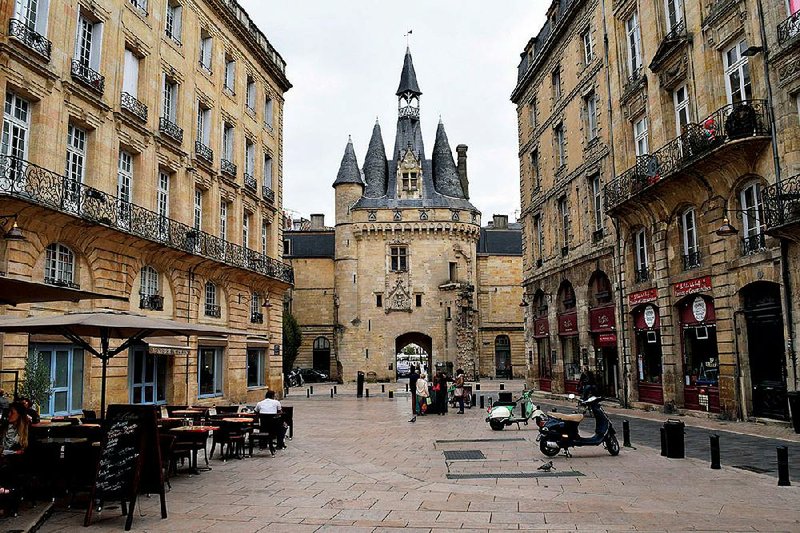BORDEAUX, France -- For centuries Bordeaux has been the corporate center of French winemaking, known for luscious wines, elegant chateaus and shrewd wine-sellers. Now there's a twist: More consumers want vineyards to use organic or sustainably farmed grapes, and so wineries are responding by mixing tradition with high-tech quality control.
The vineyards at Chateau Haut Lafitte offer visitors a look at the past and the future of winemaking. The vineyards date to the 1300s, and the stone manor house was built in the 1700s. Then in 1990 Daniel and Florence Cathiard, former members of the French Olympic ski team, bought the chateau and in recent years began integrating sustainable and high-tech practices into their business.
"If you look 20 years ago, chateaus were not organic or biodynamic at all," said Alix Ounis, who gives tours at the chateau. But now, more and more chateaus are going in those directions.
Smith Haut Lafitte now farms organically, uses oxen in the vineyards instead of tractors to avoid compacting the soil, and captures some winery CO2 emissions to reduce the global warming footprint. The Cathiards also sell grape seeds to their daughter's company, which uses them in natural skin care products.
Andrew Walker, a professor of viticulture and enology at the University of California at Davis, says vineyards all over the world are facing pressure to limit pesticide use, and climate change is a challenge, too.
But natural doesn't always mean low-tech. Smith Haut Lafitte and other vineyards now use a variety of technologies to monitor the soil, the grapes, fermentation and aging.
"We know in every single row of the vineyard how ripe the grapes are," Florence Cathiard said. "We then taste the grapes in each plot and mark the vines which will be harvested the following day." Then an optical scanning machine in the winery looks for imperfect grapes, and culls them out. Cathiard says visitors like the combined focus on sustainability and wine quality.
Smith Haut Lafitte offers a variety of tours, a restaurant and a 72-room five-star hotel. Several companies also have shuttle trips from downtown Bordeaux to the many chateaus in the area, but be sure to reserve in advance.
Bordeaux's old city has been transforming, too. Delphine Cadei is married to a co-owner of Le Wine Bar, a charming, high ceilinged place with a broad selection of wines by the glass and bottle, and luscious fois gras and pate plates. Her family is from Bordeaux, and Cadei says that for a long time the city was "very dark, and not a nice place to live." Parking lots covered the wide stone quays along the river, but those are gone as part of a citywide makeover.
Tourists have responded, and Bordeaux is one of the most popular tourist destinations in France.
A huge new wine museum has just opened, too. La Cite du Vin was built in a swirling, rounded postmodern style, at a cost of more than $90 million. It features historical and environmental displays, tasting rooms and interactive aroma exhibits, thousands of bottles of wine from scores of countries and a restaurant that gives a panoramic view of the city.
Visit bordeaux-tourisme.com.
Travel on 07/31/2016

